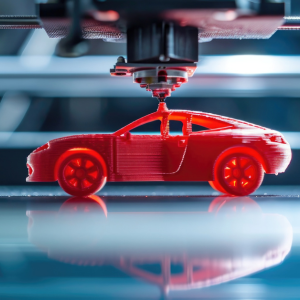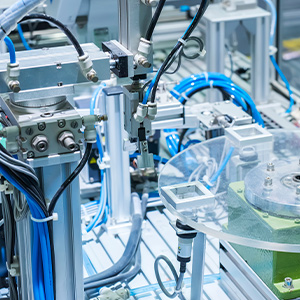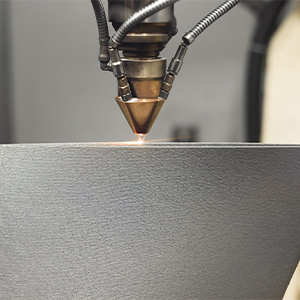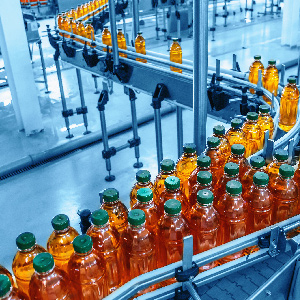10 Machine Safety Rules
You Should Follow
Anyone working with, or around machinery needs to be alert to potential dangers at all times. As machines continue to become more high-tech and complicated, we must also keep up to date on new advances in Industry 4.0, and how best to protect ourselves. For this reason, you should make sure that all your staff and employees are familiar with machine safety rules, and hold regular training sessions to update and reinforce them.
The following are our top ten Machine Safety Rules:
- Operate machinery only when safeguards are properly installed and adjusted.
- Never remove machine safeguards or try to get round them.
- Do not use a machine with safeguards that are unauthorised or damaged.
- If you discover a machine safeguard problem, report it immediately.
- Lubricate machine parts wherever possible without removing the safeguard.
- Remove machine safeguards only after equipment lock-out/tag-out.
- Avoid creating safety hazards, e.g. new pinch points, or letting objects fall into a machine's moving parts.
- Always wear the proper protective clothing (PPE), and don't let jewellery, loose clothing or long hair dangle anywhere near machines.
- Never walk away from a machine until all its parts have stopped moving.
- Always refer any questions or concerns about machine safety or working with safeguards to your supervisor.
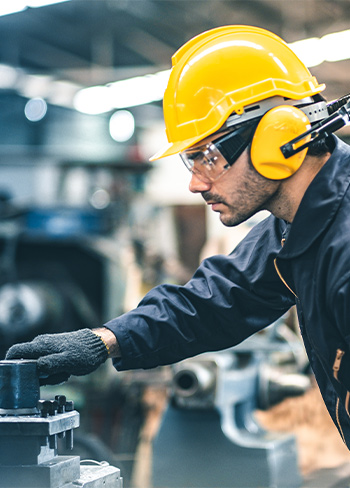
1. Operate machinery only when safeguards are properly installed and adjusted
There are many rules and regulations governing machine safety and the installation of proper safeguards. Where machine operators are concerned, it's the responsibility of a business owner to follow these, and also to ensure that all employees who are working on or around machines do so in complete safety. Machine operators should know how to recognise the required machine safeguards, and how to tell if there's a problem with them. Training programmes should emphasise that all legally required safeguards must be correctly installed and adjusted before the equipment can be operated.
2. Never remove machine safeguards or try to get round them
It's very tempting for a machine operator to remove an annoying safeguard, or attempt to bypass it, if it's preventing them from getting on with the job. This is one of the most dangerous things to do around machinery, since the safeguards are obviously there for a reason and should not be removed on any account.
3. Do not use a machine with safeguards that are unauthorised or damaged
It's also possible that unauthorised safeguards may have been installed that don't comply with existing regulations. Machinery should not be operated in such circumstances, or where the properly authorised safeguards are in a damaged condition.
4. If you discover a machine safeguard problem, report it immediately to your supervisor
Machine operators must immediately report any damage or safeguard failures to a supervisor, whose responsibility it is to resolve any safety issues. Only when all problems have been resolved may operation of the machinery be resumed.
5. Lubricate machine parts wherever possible without removing the safeguard
Some machines can be accessed for lubrication purposes without removing their safeguards, via oil reservoirs that may be located outside the guard. If access is not possible with the safeguards still on, the machine must first be switched off and locked out before guards are removed.
6. Remove machine safeguards only after equipment lock-out/tag-out
If the safeguards need to be removed for any reason, such as maintenance or replacement, this must only be done after lock-out, tag-out or isolation of the equipment. This applies also to all machine maintenance, whether scheduled or reactive.
7. Avoid creating safety hazards, e.g. new pinch points, or letting objects fall into a machine's moving parts
Hazardous pinch points are likely to be found around various types of roller and gear assemblies, couplings, flywheels, spindles and drive drums. Junctions, terminals and convex curves on conveyor belts offer nip hazards, as well as locations near skirt plates, feed hoppers and tracking. Any object that is intentionally or accidentally dropped into a machine may also create a new pinch point. It may also cause damage not only to the equipment itself, but possibly also to its operator, from, for example, a ricochet.
8. Always wear the proper protective clothing, and don't let jewellery, loose clothing or long hair dangle anywhere near machines
A pinch point may also be defined as any point where the whole or part of a person’s body is at risk of being caught in machinery. This doesn't only mean between a machine's own moving parts, but also between its moving and its stationary parts, and between any part of the machine and other materials. These include falling objects, or materials attached to the machine operators themselves.
Loose clothing, long hair or dangling jewellery also, therefore, constitute a nip hazard, as these items might be caught up into the machine's moving parts and so cause additional safety hazards. Employees must always wear the required PPE in the workplace, including where necessary masks, gloves, glasses, aprons, boots, and hats.
9. Never walk away from a machine until all its parts have stopped moving
It's important to demonstrate during employee training that a machine is not necessarily at rest just because it's been switched off. Some parts continue to move, such as fans, cooling elements, rollers, gears and rotating parts, and may constitute a hazardous pinch point. No machine should be left unattended while there is any part still moving.
10. Always refer any questions or concerns about machine safety or working with safeguards to your supervisor
Machine operators who are in any doubt about the safety of a machine, or who have questions regarding its safe operation, must always refer these concerns to their supervisor immediately. They should not in any circumstances attempt to deal with the issue themselves.
These top ten machine safety rules are designed for the protection of your employees while working around machinery. Machine safety is a wide-ranging and important topic, however, and embraces many aspects such as health and safety at work and prevailing standards. You can read more about those here.
Get More From Rowse Straight To Your Inbox

